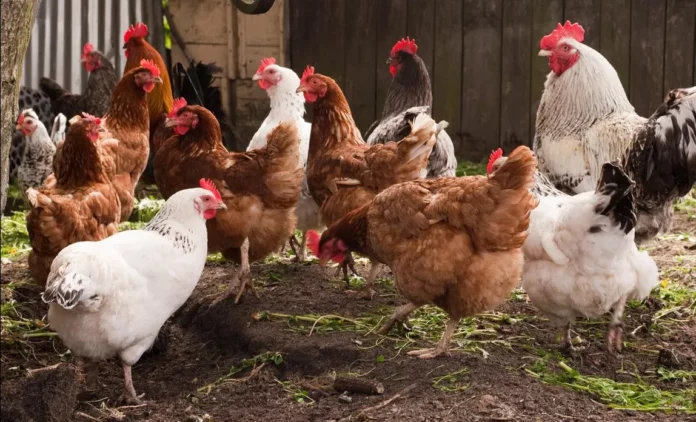In the YouTube channel Aim Agriculture Farm, YouTuber Antonio Innocent Mudong’I, a farming expert, has shared why keeping local chickens is not a good investment.
The farmer notes that the indigenous birds are loss-making given their high feed intake yet low production.
“A Kienyeji bird feeds the same amount of feeds as a layers bird but produces a smaller amount of eggs than a commercial layer bird,” he said.
“The commercial layer bird will start laying between 16-18 weeks and then its laying trajectory will be steep up to week 36 but the Kienyeji birds will start laying at about week 36 or even 52 when the Layers have reached the climax of production,” he added.
Mudong’I notes that even when keeping the local chickens for meat purposes, they are not as productive as broiler chickens which will attain market weight in six weeks.
Man directing matatus from Globe Roundabout jam, earns more than office workers
“A broiler bird will fetch you about Sh400 or Sh500 half the price of Kienyeji bird, but by the time a Kienjeji bird matures and it is ready for market a broiler farmer would have done production thrice or four times,” he added.
The farmer adds that the hatcheries producing Kienyeji birds in the country are very few adding that most of the producers are cottage hatcheries which are dangerous given the high level of inbreeding.
“In these hatcheries, you find the mother and the father of the chicks are siblings. Look at that in-breeding. So when you are bringing the birds to the farm what is the concentration of desirable characteristics?” he paused.
Mudong’i explains that keeping such birds is a risky investment as the entire flock might be swept away by diseases.
In addition, he says that it is difficult for farmers to get first-generation day old Kienyeji chicks which leads to a high mortality rate.
“When you are going for first-generation chicks, then it means that the desirable characteristics are above 95 percent. When it comes to diseases or the response of the birds to any stimuli, you cannot compare Kienyeji bird with commercial layers,” Mudong’I added.








